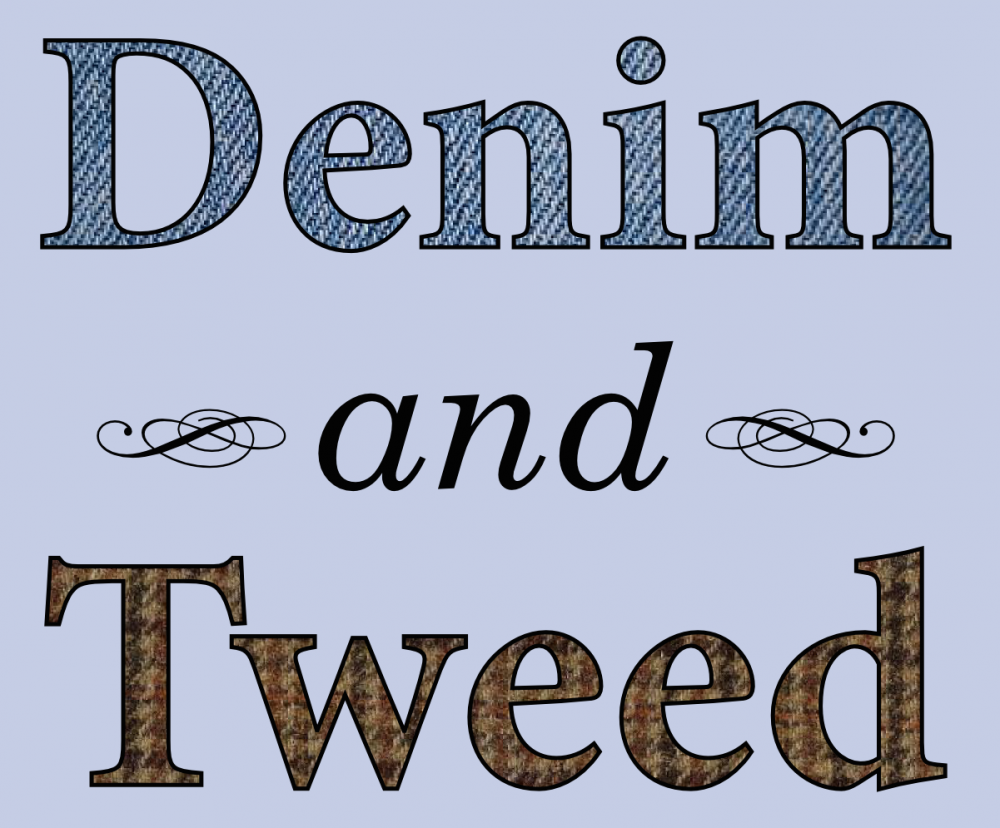 A mitochondrion. Photo by Jay Reimer.
A mitochondrion. Photo by Jay Reimer.This week at Nothing in Biology Makes Sense, Amy Dapper discusses co-blogger Devin Drown’s new study of the two not-quite separate genomes within every cell in your body:
Unlike our other organelles, mitochondria carry their own separate, circular genome. Furthermore, mitochondria are maternally inherited via the cytoplasm of the egg. This means that unlike the rest of the genome, the mitochondrial genome is inherited only from mom. Interestingly, over time, some of the genes that are important for the function of the mitochondria have moved from the mitochondrial genome to the nuclear genome.
That movement of genes from the mitochondria to the nucleus has some interesting evolutionary consequences, as you’ll find out if you read the whole thing.◼








